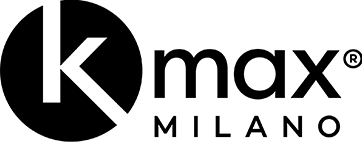A controlled study of the effects of RU58841, a non-steroidal antiandrogen, on human hair production by balding scalp grafts maintained on testosterone-conditioned nude mice.
Br J Dermatol 1997 Nov;137(5):699-702
De Brouwer B, Tetelin C, Leroy T, Bonfils A, Van Neste D.
Skin Study Centre, Tournai, Belgium, France.
Human hair growth can be monitored for several months after the transplantation of scalp samples from men with androgen-dependent alopecia on to female nude mice. Hair production from balding sites has been shown to be inhibited in testosterone-conditioned nude mice. We used this recently reported model to study the effect of a new non-steroidal antiandrogen-RU58841-on human hair growth.
Twenty productive scalp grafts from balding men were maintained for 8 months after grafting on to nude mice, and hair production was monitored monthly for 6 months. All mice were conditioned by the topical application of testosterone (testosterone propionate, 300 micrograms in 10 microL; 5 days/week) on the non-grafted flank. The scalp samples were divided equally according to the estimated hair production potential, which was based on the amount of hair present on the scalp samples before grafting. Each of the two equal groups of grafts was further allocated at random to be treated topically (5 days/week) with blinded solutions of either RU58841 1% in ethanol, or ethanol as a control. Twenty-eight active follicles appeared on the 10 control grafts. Among them only two follicles (7%) initiated a second hair cycle. However, the 10 RU58841-treated grafts bore a total of 29 active follicles, and eight of them (28%) showed a second cycle.
The values for the linear hair growth rates (LHGR) were significantly (P < 0.04) higher in the RU58841-treated group. Recycling and increased LHGR indicate a positive action for RU58841 on human hair growth from balding samples grafted on to testosterone-conditioned nude mice, and encourage a clinical trial to evaluate its potential in the treatment of androgen-dependent alopecia.














